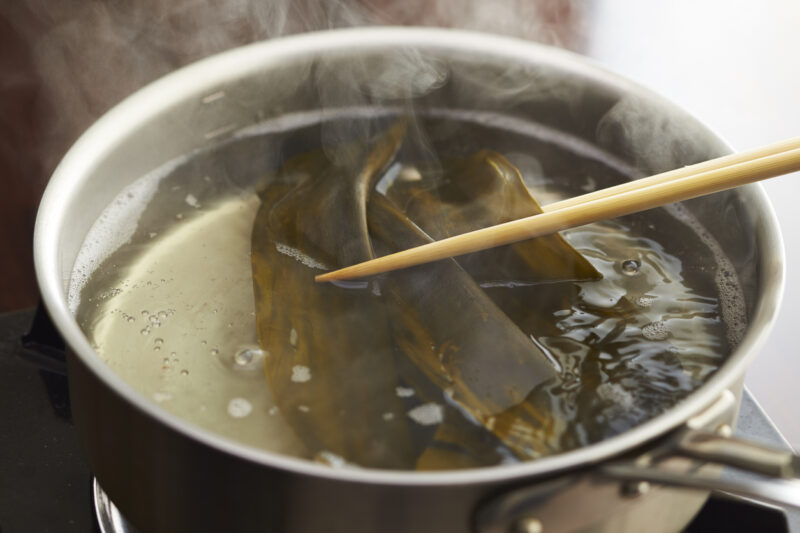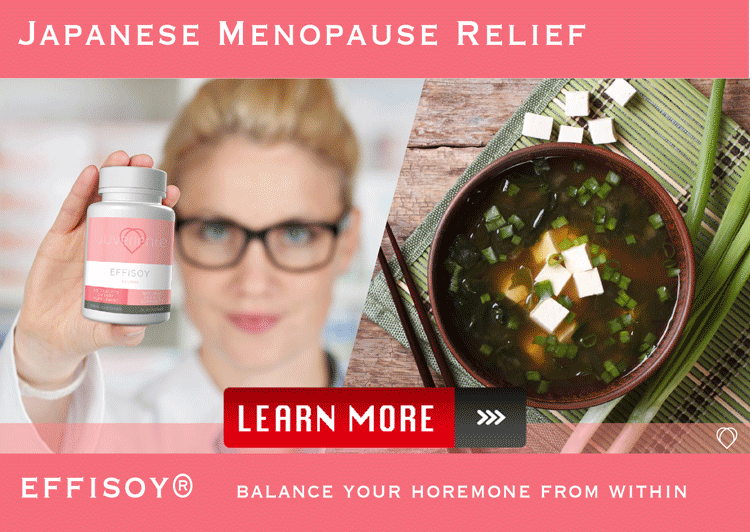As we age, maintaining a healthy weight becomes more challenging—not just because our metabolism slows down, but also because our eating habits are often hard to change. But what if you could gently reduce your calorie intake without counting every bite or giving up on satisfaction?
Traditional Japanese food culture offers time-tested, natural ways to manage calorie intake. These gentle tips don’t rely on strict diets or supplements, but rather on small adjustments rooted in mindfulness, flavor, and tradition. And the best part? You can apply these habits easily—even in North America.

Rethink Cooking Methods: Go for Simmering and Steaming
One of the easiest ways to cut calories without sacrificing flavor is to change how you cook. In traditional Japanese home cooking, methods like nimono (simmering) and mushimono (steaming) are preferred over frying. These techniques preserve nutrients while avoiding added fats.
Instead of sautéing vegetables in oil, try simmering them in a light broth with soy sauce, mirin, and a dash of dashi (Japanese soup stock). You’ll find that natural sweetness and umami flavors emerge beautifully during gentle cooking. For example:
-
Steam broccoli or mushrooms and top with a small drizzle of ponzu (citrus soy sauce)
-
Simmer root vegetables like carrots and daikon in a seasoned broth for a hearty but light side dish
You’re not just cutting out calories—you’re enhancing the dish with deep, satisfying flavor.
Add Depth, Not Calories: The Power of Japanese Dashi
When people crave flavor, they often turn to fat, salt, or sugar. But in Japanese cuisine, flavor depth often comes from dashi, a broth made from ingredients like kombu (kelp) and katsuobushi (dried bonito flakes).
Dashi is rich in umami, the “fifth taste” that adds savoriness and satisfaction to food. By cooking with dashi, you can enjoy meals that feel rich and comforting—without heavy sauces or oils.
Here’s how to make a quick dashi:
-
Soak a 4-inch piece of kombu in 2 cups of water for 30 minutes
-
Heat gently until almost boiling, then remove kombu
-
Add a handful of bonito flakes, simmer for 1–2 minutes, then strain
Use this broth to make:
-
Low-calorie miso soup
-
Simmered dishes (like tofu, mushrooms, or leafy greens)
-
A base for light noodle dishes
Dashi makes “less” feel like “more”—a powerful ally when managing your intake.
Practice Hara Hachi Bu: Stop Eating Before You’re Full
Hara Hachi Bu is an Okinawan philosophy that means “eat until you’re 80% full.” Practicing this helps reduce overall calorie intake while improving digestion and mindfulness.
This doesn’t mean you need to measure portions obsessively. Instead, try:
-
Eating slowly and chewing well
-
Taking a short pause halfway through your meal
-
Asking yourself, “Am I still hungry, or just eating out of habit?”
Studies suggest that people who practice Hara Hachi Bu are more likely to maintain a healthy weight and experience better aging outcomes. This idea pairs well with mindful eating movements growing in popularity across North America.
Choose Lighter Plates: Traditional Japanese Meals as a Model
A typical Japanese meal often consists of multiple small dishes—a bowl of rice, a miso soup, a protein like grilled fish, and several small vegetable sides. This variety adds color, texture, and nutrition without relying on heavy portions.
You can recreate this structure easily:
-
Swap large plates for smaller bowls and dishes
-
Include a simple miso soup (around 50 calories per cup) instead of bread or pasta
-
Add pickled vegetables or lightly dressed salads as sides
-
Choose steamed or grilled proteins over fried items
The key is balance—not deprivation. A meal that stimulates all your senses often leads to less overeating and greater satisfaction.
Easy Ways to Apply These Habits in North America
You don’t need a Japanese kitchen to try these tips. Here are a few ideas to get started today:
-
Look for dashi packets or kombu at Asian grocery stores or online (many now offer organic options)
-
Use your rice cooker or Instant Pot for steaming vegetables or simmering broths
-
Plan your weekly meals using a “small dish” concept—one main, two sides, and a soup
-
Experiment with Japanese condiments like miso, ponzu, and sesame paste for flavor without heaviness
If you’re trying to manage weight after 50, it’s also important to consider how hormonal changes affect appetite, digestion, and metabolism. Our bodies become less efficient at producing estrogen and DHEA, which can influence how we store fat and process energy.
This is where natural support can help. Juveriente’s Effisoy® is a Japanese supplement designed to support hormone balance during menopause by utilizing fermented soy isoflavones—an approach inspired by traditional Japanese diets. Combined with the eating habits described above, it offers a holistic way to maintain health and vitality.
Final Thought: Make Food a Source of Healing, Not Guilt
You don’t have to overhaul your entire lifestyle to feel better and age gracefully. The Japanese way shows that small, consistent choices rooted in mindfulness and natural flavor can go a long way.
By simmering instead of frying, enjoying umami-rich broths, and stopping when you’re satisfied—not stuffed—you’ll naturally reduce your calorie intake without ever feeling deprived. Add in hormonal support and self-awareness, and you have a gentle yet powerful path to wellness.
Further Reading:
Take the Benefit of Miso by a Supplement
Miso is one of the most typical examples of the Japanese healthy diet. If you want to experience the health benefits of miso dishes but find the unique taste of fermented foods challenging, a natural supplement might be the perfect solution. Juveriente® offers Effisoy®, a supplement that provides the key health benefits of miso through an extract of fermented soybean germ.
Effisoy® is the only supplement outside of Japan that uses ingredients derived from fermented soybeans, bringing the wellness advantages of miso to those who may not enjoy its traditional flavor. Since its launch in 2016, it has gained popularity as a natural menopause relief supplement, helping to balance hormones and improve overall well-being.
Effisoy® works by enhancing the body’s natural synthesis of DHEA, a hormone precursor. This safe and natural boost helps regulate hormonal balance, potentially improving skin health and reducing menopause symptoms. While it benefits both men and women, it has become particularly popular among women seeking relief from menopause-related issues.
Here are some of the real product reviews in our Amazon shop.
“Restful sleep finally!!”, “I Am Now Free of Hot Flashes!!”, “Lifesaver”





